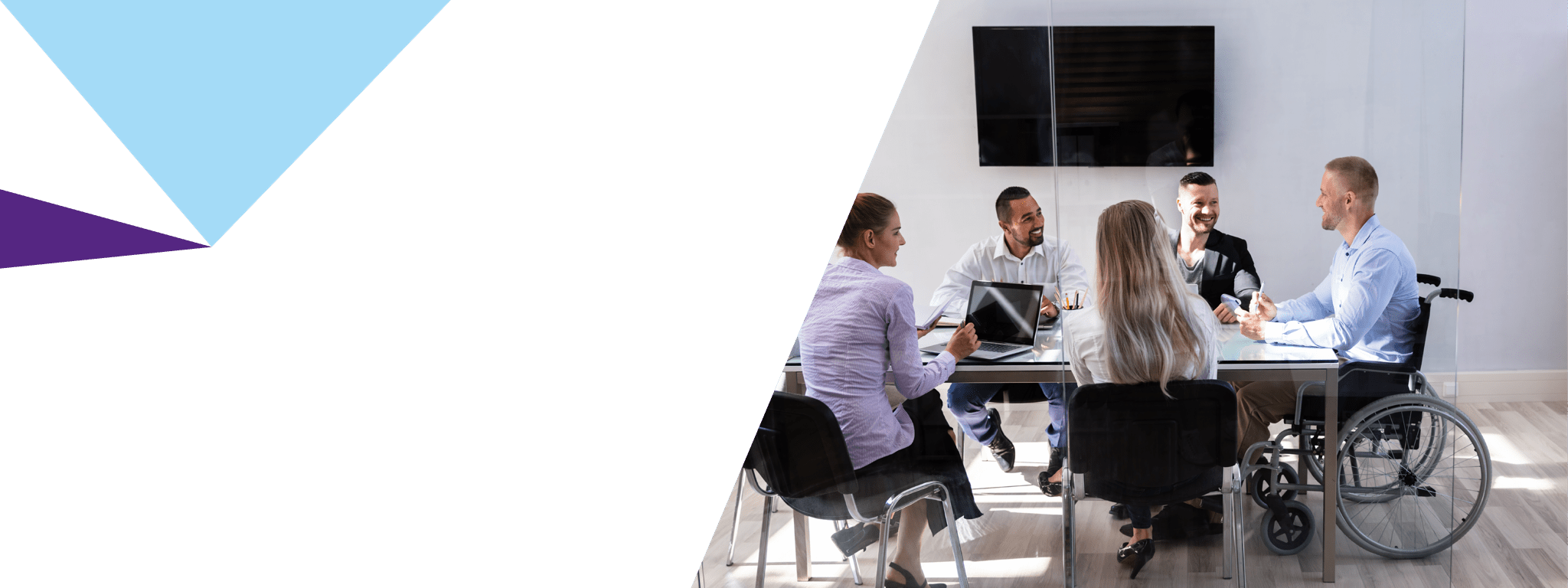Intersectional gender inequality
Section 6(8) of the Act outlines that gender inequality may be compounded by other forms of disadvantage or discrimination that a person may experience based on Aboriginality, age, disability, ethnicity, gender identity, race, religion, sexual orientation and other attributes. For the purposes of this guidance, the Commission refers to this concept as “intersectional gender inequality”.
The concept of intersectional disadvantage or discrimination is sometimes called intersectionality. Intersectionality explains how people may experience overlapping forms of discrimination or disadvantage based on social characteristics such as (but not limited to) sex, gender identity, sexual orientation, ethnicity, language, religion, class, socioeconomic status, gender identity, ability or age4.
To learn more about intersectional gender inequality and intersectionality, please refer to the Leading practice resources page on our website.
Defined entities
The Act applies to certain organisations that have 50 or more employees, including: public service bodies, public entities, special bodies, local councils, universities, Court Services Victoria and the Office of Public Prosecutions (s5(1)). A full list of defined entities is available on our website.
Employee
Section 3 of the Act defines an employee as follows: an employee, of a defined entity, means a person employed by the defined entity on a full-time, part-time, casual or fixed term basis (including an apprentice or trainee) but does not include:
- a contractor or subcontractor
- an outworker
- a person on a vocational placement
- a student gaining work experience
- a volunteer
Employee representative
A body who represents and speaks officially on behalf of an employee or group of employees. This is commonly a trade union but may include other bodies.
Governing body
The governing body is responsible for strategic oversight and financial management of an organisation. This could be a board, council, or committee of management. If there are multiple boards or sub-committees of management, choose the most senior governing body for the purposes of this reporting (although you may wish to analyse the gender composition of the others as well).
Personal information
Under the Gender Equality Act 2020, defined entities have important privacy obligations:
- to remove any personal information from their GEAPs or progress reports
- when submitting any material that is likely to be published, to advise the Commissioner whether the material contains any personal information
Personal information is defined in the Privacy and Data Protection Act 2014. It means information about an individual whose identity is apparent, or can reasonably be ascertained, from the information.
Senior leaders
Senior leaders are executive staff who have the responsibility to provide leadership and strategic direction for the organisation as a whole. This could include the Chief Executive Officer, Directors and Group Managers.
References
- The concept of ‘intersectionality’ is the idea that privilege or (dis)advantage are never the result of one single factor such as race, class or gender. Instead, they are a result of how we are seen, positioned and (de)valued in relation to the way society is structured and governed (Chen 2017; Crenshaw 1989, 1990; Nasr 2020).
Updated
